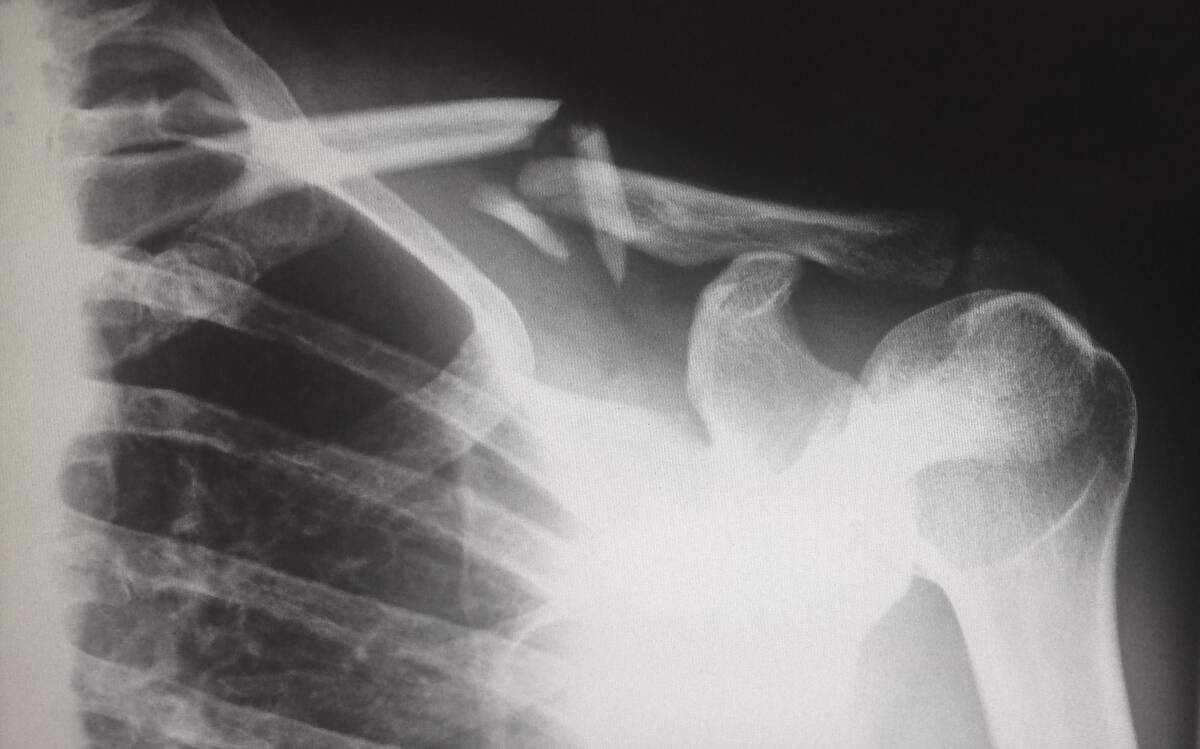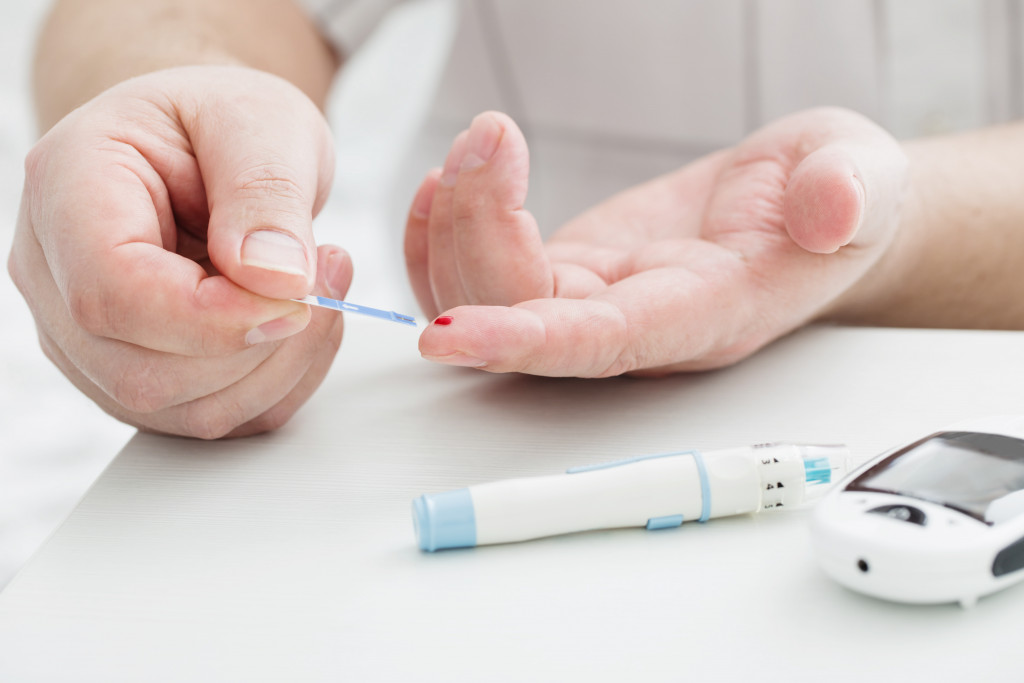No one ever plans on being in an accident. They happen when we least expect it and can often leave us with injuries that take weeks, months, or even years to recover from. And while some injuries are minor and heal quickly, others can be much more serious—even life-altering. In this blog post, you’ll learn of some common issues or injuries caused by accidents and how to deal with them.
1. Whiplash
Whiplash is a neck-related injury that happens when the head is yanked forward or backward suddenly. This can occur due to an acceleration-deceleration force, such as a car accident. The force causes the head to snap back and forth, damaging the neck’s soft tissue and structures. In severe cases, it can lead to nerve damage and paralysis.
Some symptoms of this include headaches, neck pain or stiffness, fatigue, and dizziness. If you believe you might have whiplash, visit a doctor so they can rule out any other potential causes of your symptoms (e.g., concussion). Treatment for whiplash typically involves rest, ice/heat therapy, over-the-counter pain medication, physical therapy, or chiropractic care and surgery is rarely necessary.

2. Broken Bones
Broken bones are another common injury caused by accidents. They can happen when bones are exposed to high-impact force—such as in a car accident or a fall—or when they’re twisted or stretched beyond their normal range of motion. The most common symptoms of a broken bone are pain, swelling, bruising, and deformity at the site of the injury.
Treatment typically involves immobilizing the affected area (i.e., placing it in a cast) followed by physiotherapy to regain strength and range of motion. Surgery may also be required in some cases.
There are many types of broken bones, and the kind of break depends on the force applied to the bone. A hairline or stress fracture is a tiny break that happens with repeated stress on the bone, such as from overuse. A greenstick fracture occurs when the bone is bent and cracks on one side. This break is more common in children because their bones are softer than adult bones.
An oblique fracture is a break that goes diagonally across the bone. A comminuted fracture is a break that shatters the bone into several pieces. This break generally happens from a high-impact force, such as a car accident. A compound fracture is a break that pierces the skin; this type of break requires immediate medical attention.
A displaced fracture is a break where the bone ends are no longer lined up correctly; this type of break usually requires surgery to fix. Finally, an open or closed fracture is a classification based on whether or not the skin was broken by the broken bone. Closed fractures only damage the bone, while open fractures also damage the surrounding tissue.
3. Tooth loss
Tooth loss is often thought of as something that only happens to older adults. However, missing teeth can be caused by various factors, including accidents and injury. It can be tough to repair when a tooth is knocked out or fractured. In some cases, the damage is so severe that the tooth cannot be saved.
This can lead to gaps in your smile and affect your ability to eat and speak properly. Missing teeth can also cause problems with your bite and make it difficult to clean your teeth properly. Treatment for missing teeth will vary depending on the cause of the tooth loss.
Tooth replacement is recommended for people who have lost teeth since this loss can cause a number of problems, including bone loss and gum disease. There are a number of tooth replacement options available, including bridges and dentures. Each option has its own benefits and drawbacks.
In some cases, a dental implant can be used to replace the missing tooth. Implants are titanium posts that are surgically implanted into the jawbone to support a replacement tooth. Your dentist will work with you to determine the best treatment option for your individual needs.
4. Soft Tissue Injuries
Soft tissue injuries are injuries to the muscles, tendons, and ligaments—typically due to overuse or trauma (e.g., car accident). The most common symptoms of a soft tissue injury include pain, swelling, bruising, and tenderness at the site of the injury. Surgery is not often necessary, and treatment for soft tissue injuries typically involves RICE (rest, ice/cryotherapy, compression, elevation), over-the-counter pain medication, therapy/exercise rehabilitation, and/or massage therapy.
Accidents can cause various problems, including whiplash, broken bones, tooth loss, and soft tissue injuries. Remember, if you’ve been in an accident and are dealing with any type of pain or discomfort—no matter how minor it may seem—it’s essential to see a doctor immediately so they can properly diagnose and treat your condition.



